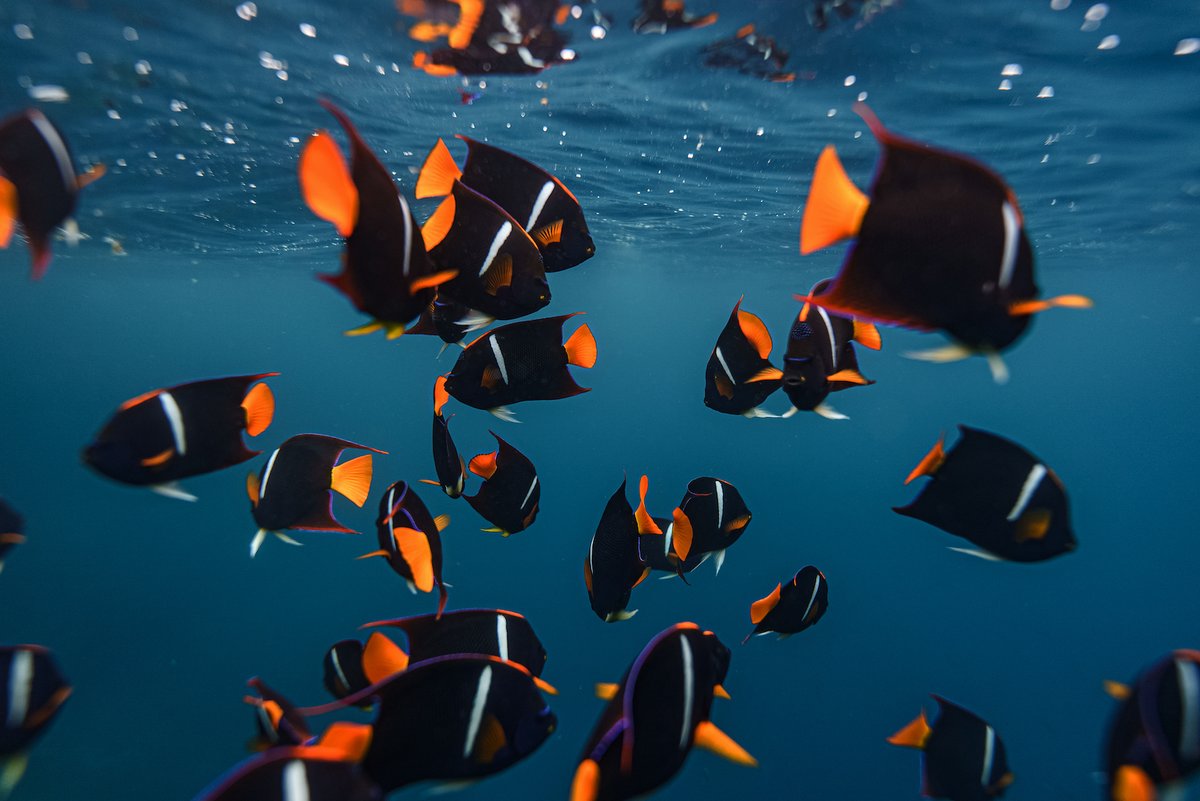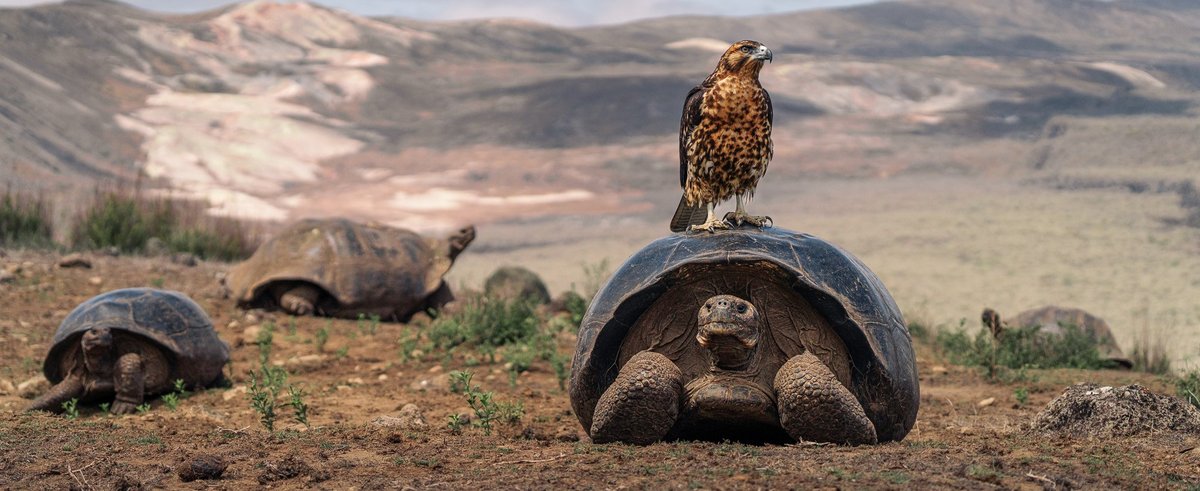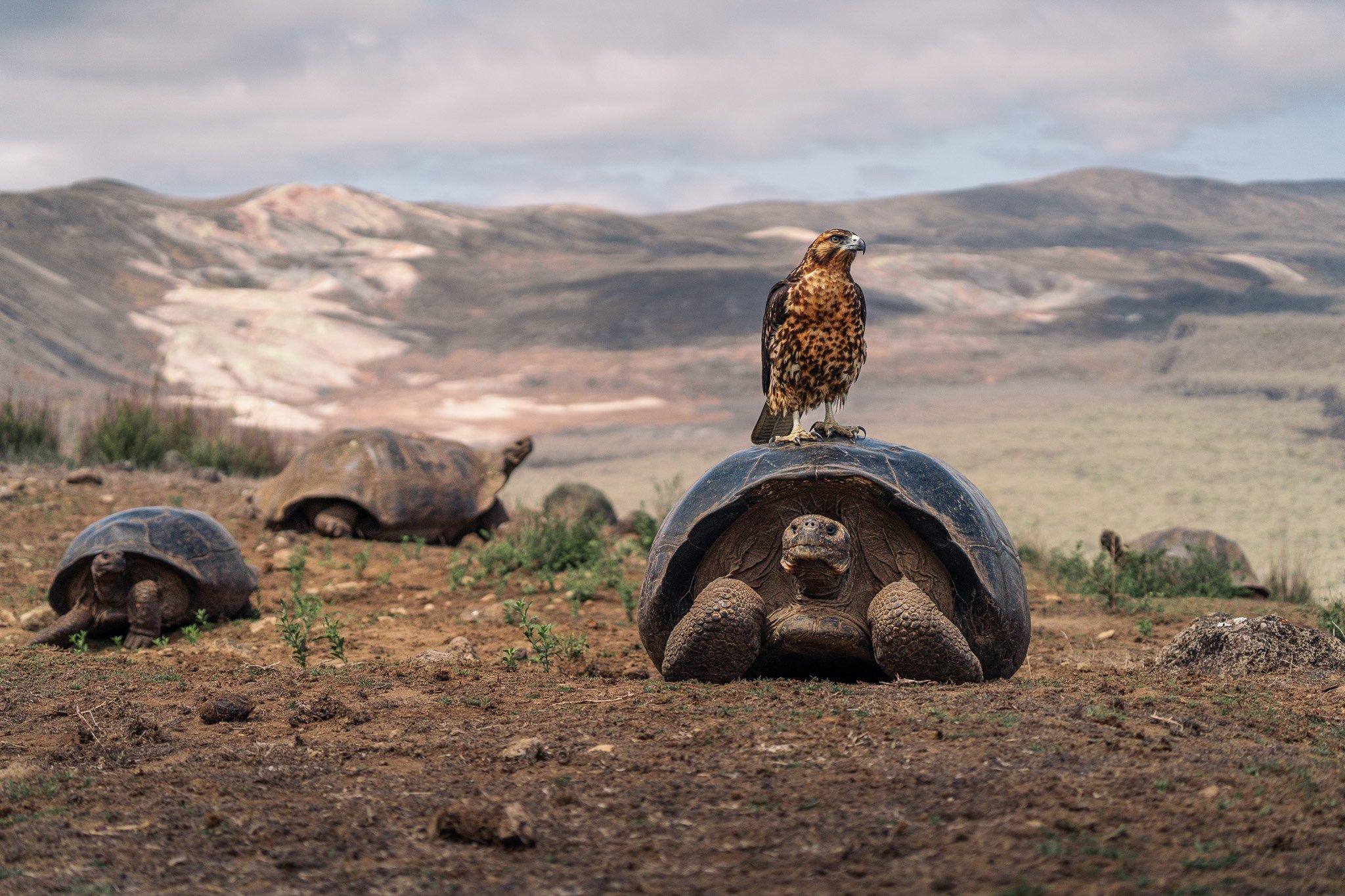About Galapagos
How Were the Galapagos Islands Formed?
The Galapagos Islands, located 600 miles (1,000 km) off the coast of Ecuador, are a marvel of geological activity. They were formed by volcanic eruptions as the Nazca Plate moved eastward over a stationary hotspot. Each eruption created a new island, resulting in the archipelago we see today.
Even now, the islands remain volcanically active, with eruptions periodically reshaping their landscapes. Iconic craters and unique formations showcase their dramatic volcanic history, which has profoundly influenced the region’s biodiversity and ecology.
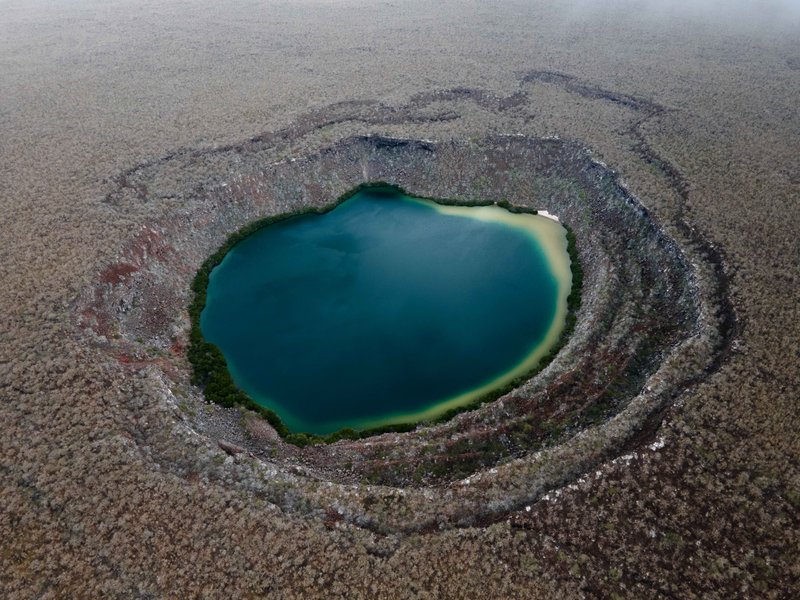

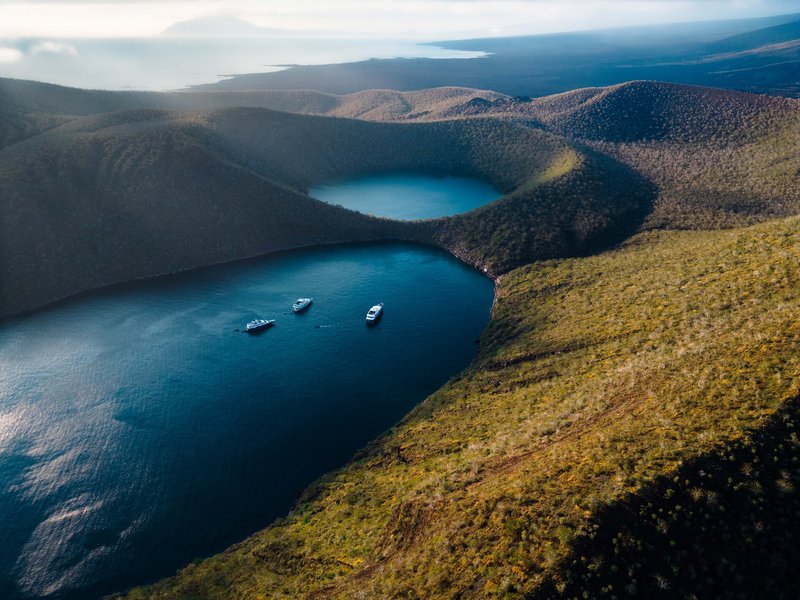
How Did the Animals Arrive?
The Galapagos Islands' isolation and nutrient-rich currents set the stage for their extraordinary biodiversity. Animals reached the islands through natural means, like floating on rafts of vegetation, swimming, or flying. Birds and reptiles were among the first to arrive, surviving long ocean journeys.
Once on the islands, these animals adapted to distinct habitats, leading to the evolution of species found nowhere else on Earth such as Darwin's finches, Galapagos giant tortoises and Scalesia trees. This process, known as adaptive radiation, is a cornerstone of evolutionary science and makes the Galapagos a natural laboratory for understanding adaptation.

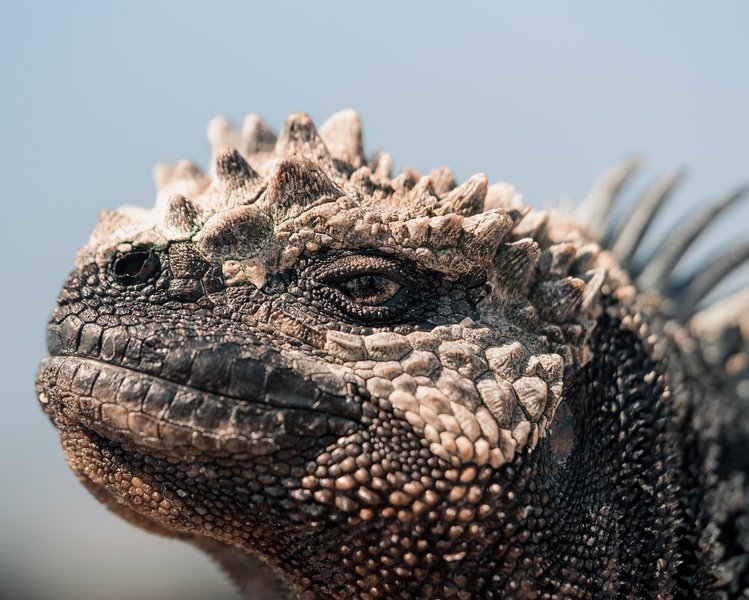
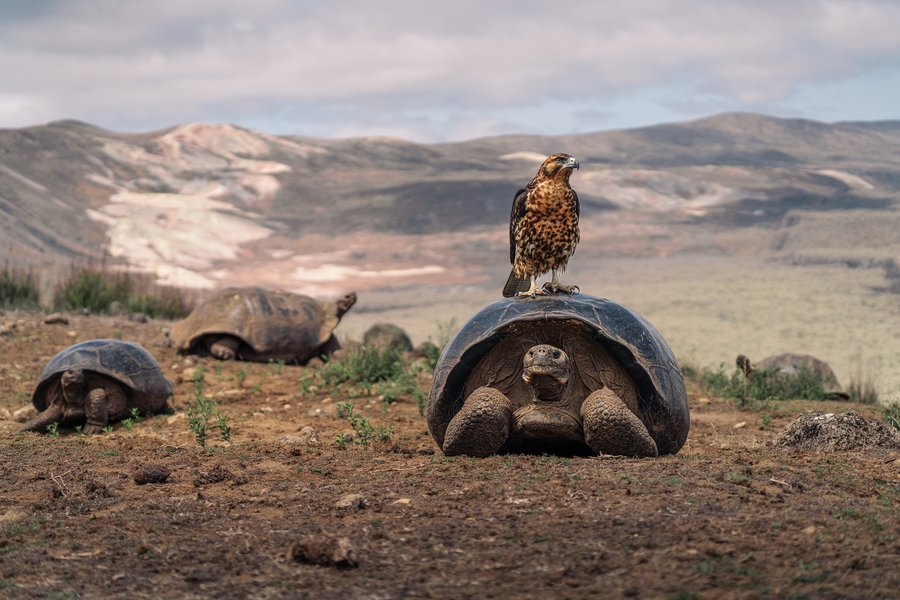
A Glimpse into Human History
Early Exploration
The Galapagos were first recorded in 1535 when Spanish bishop Tomás de Berlanga stumbled upon them during a voyage. Pirates and whalers later visited the islands, using them for supplies and repairs but leaving no permanent settlements.
Darwin’s Revolutionary Visit
In 1835, Charles Darwin spent five weeks exploring the Galapagos aboard the HMS Beagle. His observations of species, such as the finches adapted to different islands, inspired his theory of evolution by natural selection. Darwin’s groundbreaking ideas were cemented in his book On the Origin of Species, forever linking the Galapagos to the study of evolution.
Modern Settlement and Conservation
Today, the Galapagos host a small human population primarily on Santa Cruz, San Cristobal, and Isabela islands. The focus is on eco-tourism and conservation, guided by strict regulations to protect the islands’ ecosystems. The Galapagos National Park, established in 1959, alongside the Charles Darwin Research Station, plays a vital role in ensuring sustainable tourism and preserving this UNESCO World Heritage site.
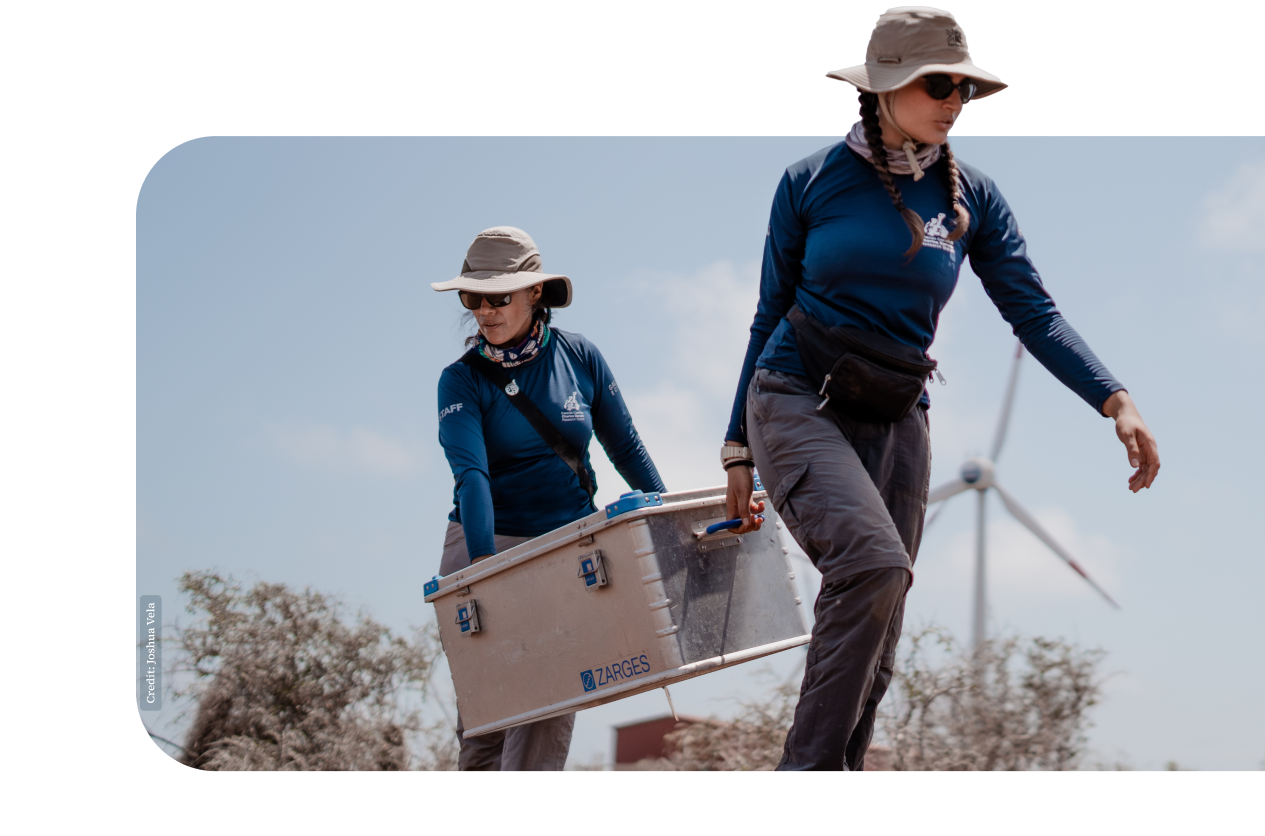
Preserving Galapagos for Future Generations
The Galapagos Islands are a global symbol of conservation, science, and sustainability. Efforts to protect their fragile ecosystems continue through collaboration between scientists, local communities, and visitors like you.
Explore more about Galapagos and teh Charles Darwin Research Station's history and work here:

